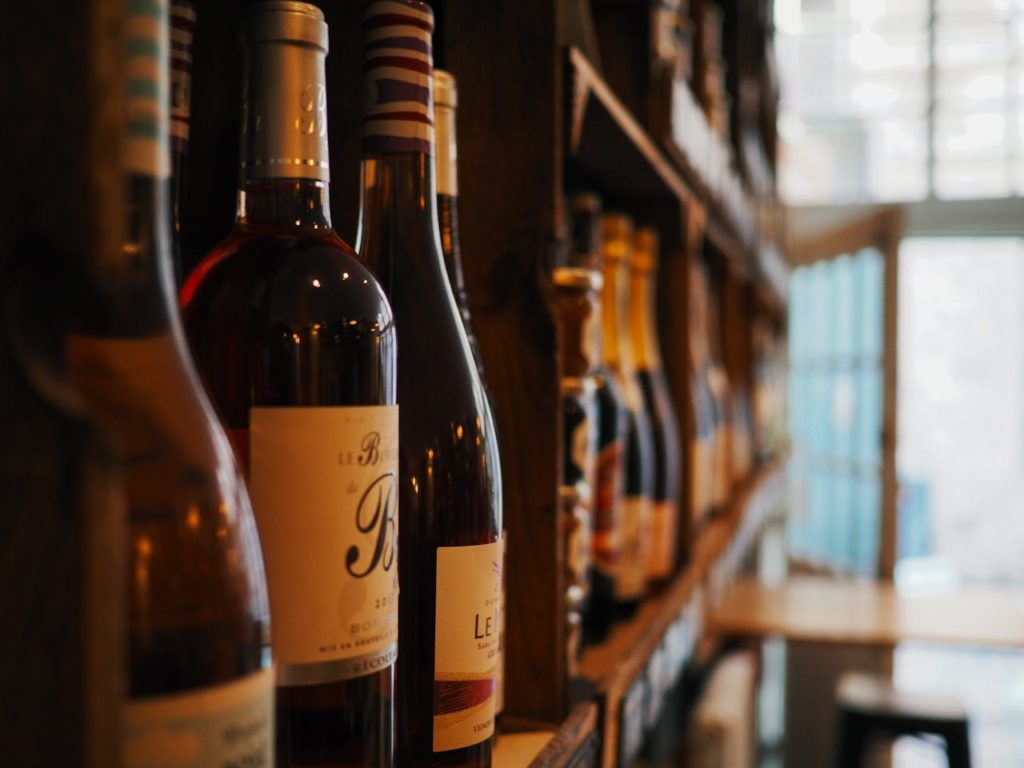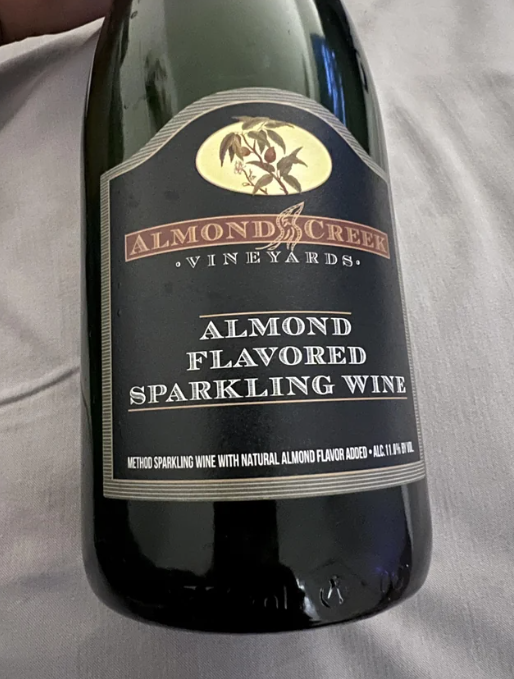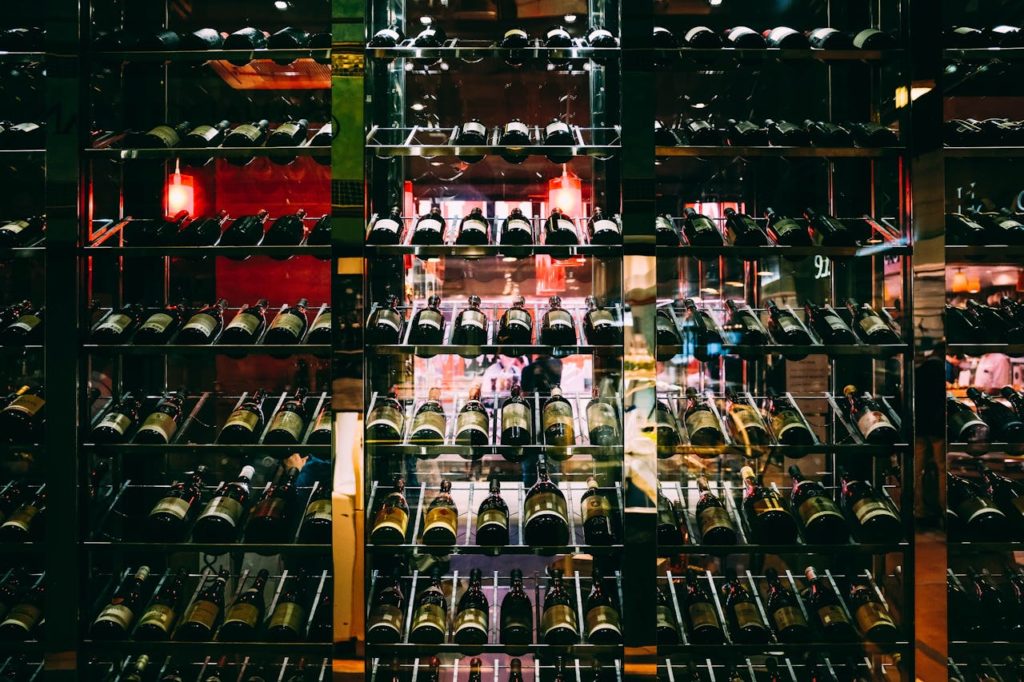Do You Refrigerate Wine? (After & Before Opening)
Wine enthusiasts often find themselves pondering the proper storage conditions for their favorite bottles. One common question that arises is whether to refrigerate wine, both before and after opening. The answer to this query depends on various factors, including the type of wine, the intended duration of storage, and personal preferences. In this article, we’ll take a look at the intricacies of refrigerating wine and explore the best practices for ensuring optimal flavor and quality.
Refrigerating Before Opening
1. White Wines and Sparkling Wines
White wines and sparkling wines generally benefit from refrigeration before opening. These varieties are best served chilled, and keeping them in the refrigerator helps maintain their freshness. The recommended temperature for storing white wines and sparkling wines ranges between 45 and 55 degrees Fahrenheit (7 to 13 degrees Celsius). This temperature range enhances the flavor profile, acidity, and aromatics of these wines.
It’s essential to note that prolonged exposure to higher temperatures can adversely affect the quality of white and sparkling wines. Therefore, storing them in a cool environment, such as a wine fridge or a regular refrigerator, is advisable, especially if you don’t plan to open the bottle in the near future.
2. Red Wines
Unlike white wines, red wines are typically served at slightly warmer temperatures. However, there are exceptions. Lighter red wines, such as Pinot Noir, can benefit from a brief stint in the refrigerator before serving, especially during warmer weather. Aim for a temperature of around 55 degrees Fahrenheit (13 degrees Celsius) for these reds.
On the other hand, full-bodied red wines like Cabernet Sauvignon or Merlot are generally not refrigerated before opening. Instead, they are stored in a cool, dark place, away from direct sunlight and temperature fluctuations. The ideal storage temperature for these reds is between 55 and 65 degrees Fahrenheit (13 to 18 degrees Celsius).
Also Read: What Temp Does Beer Freeze?
Refrigerating After Opening
Once a bottle of wine has been opened, the clock starts ticking on its freshness. Proper storage becomes crucial to preserve the wine’s flavor and prevent spoilage. Refrigerating opened wine can help slow down oxidation, which is the process that occurs when wine comes into contact with air.
1. White Wines and Sparkling Wines
Opened white wines and sparkling wines should be promptly refrigerated to maintain their crispness and prevent them from turning flat. Utilize a wine stopper or a vacuum sealer to minimize the wine’s exposure to air. While refrigeration slows down the oxidation process, it’s essential to consume the opened bottle within a few days to enjoy the wine at its best.
2. Red Wines
Refrigerating opened red wines is a topic of debate among wine enthusiasts. Some argue that chilling red wine alters its flavors, while others maintain that it helps preserve the wine’s characteristics. The truth lies somewhere in between. Lighter red wines, if not consumed within a day or two, can benefit from refrigeration. However, full-bodied reds are often best enjoyed within a day of opening.
Regardless of the type of wine, using a wine preservation system or inert gas can further extend the lifespan of an opened bottle. These tools help create a barrier between the wine and oxygen, slowing down the oxidation process.
Also Read: Is Rosé Wine Sweet?
Factors To Take Into Consideration
Storage Duration
The duration for which you plan to store the wine, both before and after opening, is a crucial factor. If you intend to keep a bottle for an extended period, proper storage conditions become even more critical. Investing in a wine fridge or cellar can be worthwhile for long-term storage, providing a stable and controlled environment for your collection. As a general rule of thumb, wine should be stored around 11-14˚c (52-57°F).
Personal Preferences
Ultimately, the decision to refrigerate wine depends on personal preferences. Some individuals enjoy the nuanced changes in flavor that occur when certain wines are served at slightly different temperatures. Experimenting with different storage conditions can help you discover the optimal serving temperature for your favorite wines, enhancing your overall enjoyment.
Also Read: How Many Calories Are in a Bottle of Red Wine?
Conclusion
In the world of wine, proper storage is key to preserving the nuances and complexities that make each bottle unique. Whether you choose to refrigerate your wine before or after opening depends on factors such as the type of wine, storage duration, and personal preferences. Understanding the characteristics of different wines and experimenting with storage conditions can lead to a more enjoyable and satisfying wine-tasting experience.








